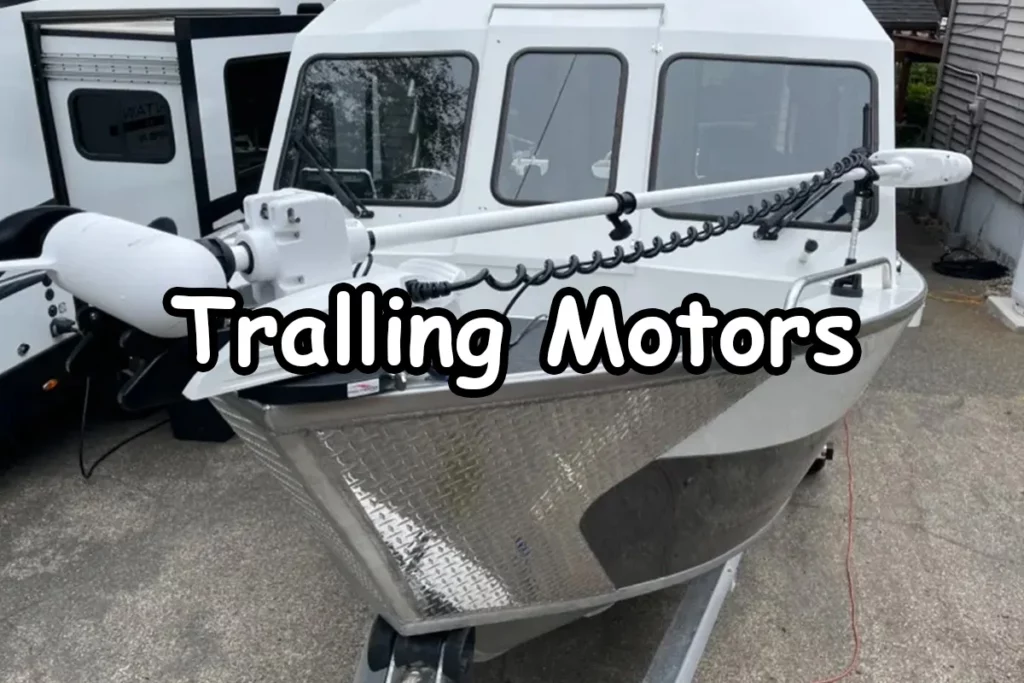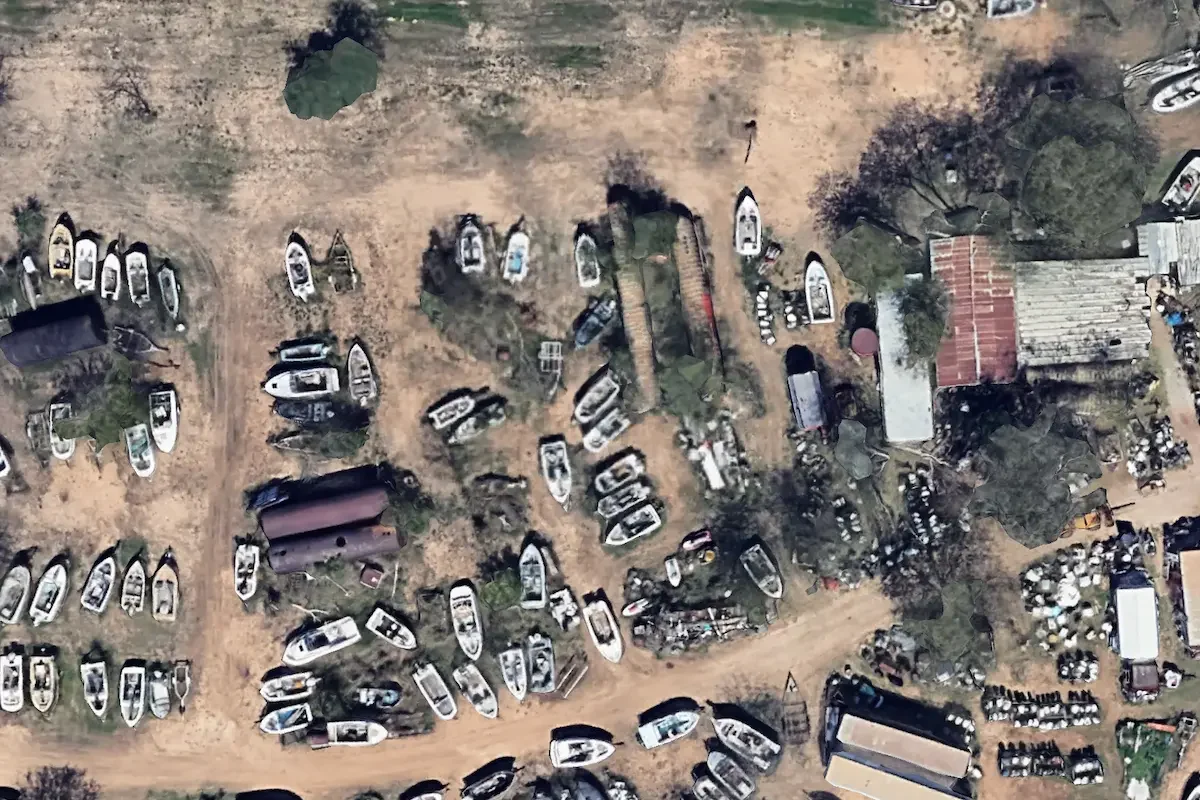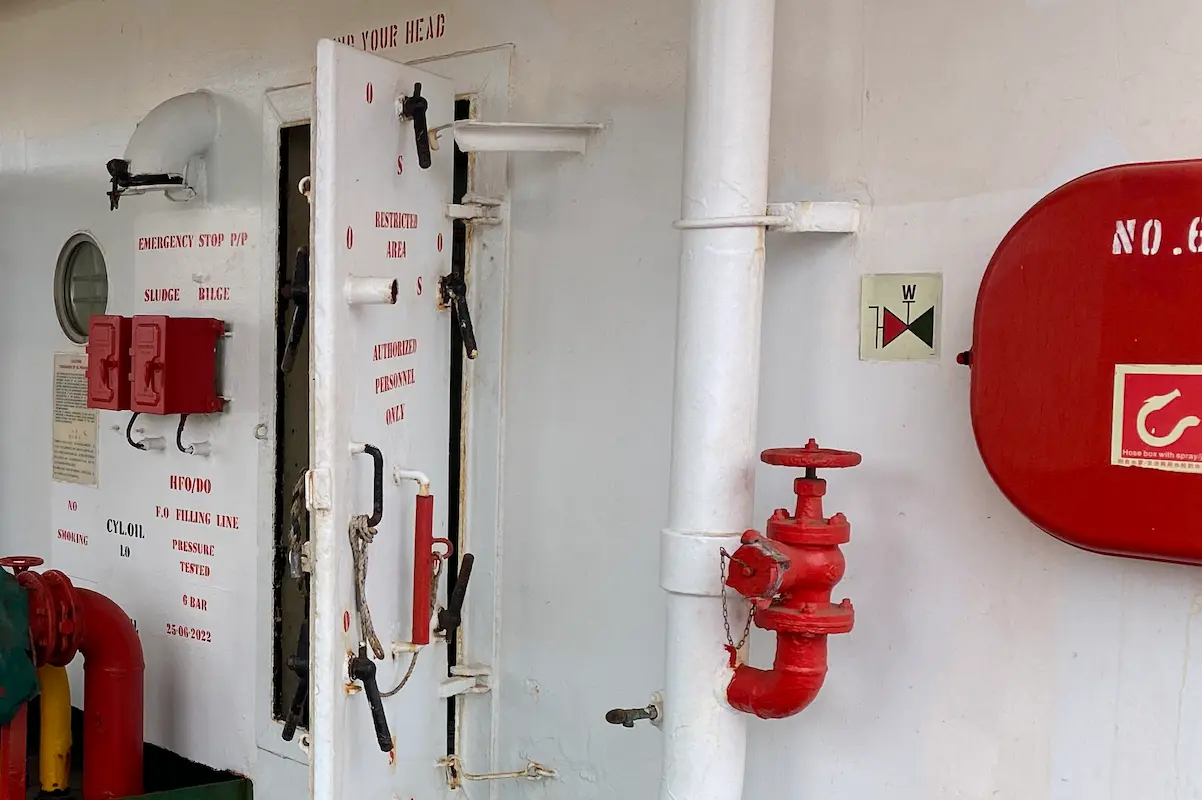Choosing the right trolling motor for your boat can be a daunting task, especially if you are new to the world of fishing. With so many options available, it can be hard to know where to start. However, selecting the right trolling motor is crucial if you want to get the most out of your fishing experience.
There are a few factors to consider when choosing the right trolling motor for your boat, including the boat size, the type of water you will be fishing in, and the type of fish you will be targeting. The size of your boat is one of the most important factors to consider when selecting a trolling motor. A motor that is too small will struggle to move your boat, while a motor that is too large will be overkill and may cause your boat to be unstable.

Another important factor to consider is the shaft length of the trolling motor. The ideal shaft length will vary depending on the height of your boat’s transom and the depth of the water you will be fishing in. It is recommended that the prop of your trolling motor should be submerged 15 to 20 inches below the water, so you will need to measure the distance between the deck and the water and then add 15 to 20 inches to that to calculate the ideal shaft length for your trolling motor.
Types of Trolling Motors
When it comes to trolling motors, there are three main types to choose from: bow-mount, transom-mount, and engine-mount trolling motors. Each type has its own advantages and disadvantages, and choosing the right one depends on your specific needs and preferences.
Bow-Mount Trolling Motors
Bow-mount trolling motors are mounted on the front of the boat and are controlled by foot pedals or remote controls. They provide superior maneuverability and control, making them ideal for fishing in rough waters or navigating through heavy vegetation. Bow-mount trolling motors also allow for hands-free operation, which can be a huge advantage when fishing alone.
When choosing a bow-mount trolling motor, it is important to consider the thrust, shaft length, and voltage. The thrust should be sufficient to propel your boat through the water, while the shaft length should be long enough to keep the propeller submerged at all times. The voltage will depend on the size of your boat and the amount of power you need.
Transom-Mount Trolling Motors
Transom-mount trolling motors are mounted on the back of the boat and are controlled by hand or foot pedals. They are generally less expensive than bow-mount trolling motors and are easier to install. Transom-mount trolling motors are ideal for smaller boats and calm waters.
When choosing a transom-mount trolling motor, it is important to consider the thrust, shaft length, and voltage. The thrust should be sufficient to propel your boat through the water, while the shaft length should be long enough to keep the propeller submerged at all times. The voltage will depend on the size of your boat and the amount of power you need.
Engine-Mount Trolling Motors
Engine-mount trolling motors are mounted on the outboard motor of your boat and are controlled by a remote control. They are ideal for larger boats and provide excellent maneuverability and control. Engine-mount trolling motors are also very quiet and efficient, making them a popular choice among anglers.
When choosing an engine-mount trolling motor, it is important to consider the shaft length and voltage. The shaft length should be long enough to keep the propeller submerged at all times, while the voltage will depend on the size of your boat and the amount of power you need.
Overall, choosing the right trolling motor depends on your specific needs and preferences. Consider the size of your boat, the type of water you will be fishing in, and the amount of power you need. By doing so, you can ensure that you choose the right trolling motor for a successful and enjoyable fishing experience.
If you’re looking for more information on trolling motors, check out these articles:
- Best Battery for Trolling Motors
- Best Saltwater Trolling Motor for Your Fishing Needs
- Freshwater Trolling Motor in Saltwater
- Trolling Motors: Weapon for Successful Fishing
Factors to Consider
When choosing a trolling motor, there are several factors to consider to ensure that you get the right one for your needs. These factors include:
Boat Size and Weight
The size and weight of your boat are crucial factors to consider when selecting a trolling motor. As a general rule of thumb, you will need at least 2 pounds of thrust for every 100 pounds of boat weight. However, this can vary depending on the type of boat you have and the conditions you will be fishing in. For example, a 16-foot boat will typically require a trolling motor with a minimum of 55 pounds of thrust.
Water Conditions
The water conditions you will be fishing in can also impact the size of trolling motor you need. If you will be fishing in windy or choppy conditions, you may need a larger trolling motor to help you maintain control of your boat. Additionally, if you will be fishing in saltwater, you will need to choose a trolling motor that is specifically designed for use in saltwater to prevent damage from corrosion.
Battery Power and Voltage
The battery power and voltage of your trolling motor are also important considerations. You will need to choose a battery that is powerful enough to provide sufficient power to your motor and that is compatible with the motor’s voltage requirements. It is important to choose a high-quality battery that is designed specifically for use with trolling motors to ensure that it will provide reliable and consistent power.
According to our article about batteries for trolling motors, some of the best batteries for trolling motors include the VMAXTANKS VMAX V35-857 AGM Battery and the Mighty Max Battery ML55-12.
Thrust and Shaft Length
The thrust and shaft length of your trolling motor are also important considerations. The thrust of your motor should be based on the size and weight of your boat, as well as the water conditions you will be fishing in. Additionally, you will need to choose a shaft length that is appropriate for your boat’s transom height and the water depth you will be fishing in. As a general rule of thumb, the prop of your trolling motor should be submerged 15 to 20 inches below the water.
For more information on choosing the best saltwater trolling motor, check out Maritime Page’s article on the topic.
It is important to carefully consider all of these factors when choosing a trolling motor to ensure that you get the right one for your needs. By taking the time to research and compare different options, you can find a trolling motor that will provide reliable and efficient performance for all of your fishing needs.
How to Choose a Trolling Motor
Choosing the right trolling motor for your boat is essential to ensure an enjoyable and successful fishing experience. Here are some steps to follow when selecting a trolling motor:
Assess Your Needs
Before purchasing a trolling motor, it is important to assess your needs. Consider the size and weight of your boat, as well as the type of water you will be fishing in. The thrust of the trolling motor should be based on the weight of the boat, and the length of the shaft should be based on the height of the transom or bow where the motor will be mounted.
Consider Your Budget
Another important factor to consider when choosing a trolling motor is your budget. Trolling motors can range in price from a few hundred dollars to several thousand dollars. Determine how much you are willing to spend and look for models that fit within your budget.
Research and Compare
Do your research and compare different models of trolling motors. Look for features that are important to you, such as thrust, shaft length, and control options. Read reviews from other users to get an idea of the performance and reliability of different models.
Consult with Experts
If you are still unsure about which trolling motor to choose, consult with experts in the field. Talk to experienced anglers or visit a boating supply store and speak with a sales representative. They can provide you with valuable insights and help you make an informed decision.
Remember to also consider other factors such as battery life and compatibility with your boat’s electrical system. For more information on choosing the best battery for your trolling motor, check out Maritime Page’s guide to the best batteries for trolling motors. If you are looking for a saltwater trolling motor, Maritime Page’s guide to the best saltwater trolling motors can help you find the right one for your needs. And if you are wondering whether a freshwater trolling motor can be used in saltwater, check out Maritime Page’s article on using a freshwater trolling motor in saltwater.
By following these steps and doing your research, you can choose the best trolling motor for your boat and enjoy a successful day on the water.
Choosing the Right Trolling Motor
When it comes to choosing a trolling motor, there are a few key factors to consider. These include the size of your boat, the type of water you’ll be fishing in, and the amount of power you need. Here are some tips to help you choose the right trolling motor for your needs:
Boat Size
The size of your boat is one of the most important factors to consider when choosing a trolling motor. As a general rule, you’ll need at least 2 pounds of thrust for every 100 pounds of boat weight. For example, a 16-foot boat will typically require a trolling motor with at least 32 pounds of thrust.
It’s also important to consider the shaft length of your trolling motor. The shaft length should be long enough to keep the propeller submerged at least 12 inches below the surface of the water. This will help ensure optimal performance and maneuverability.
Type of Water
The type of water you’ll be fishing in is another important factor to consider. If you’ll be fishing in saltwater, you’ll need a trolling motor that is specifically designed for saltwater use. These motors are typically more durable and corrosion-resistant than freshwater motors.
Similarly, if you’ll be fishing in shallow or weedy waters, you’ll need a trolling motor with a higher thrust rating. This will help ensure that the motor can easily navigate through the vegetation and provide enough power to move your boat through the water.
Power Requirements
The amount of power you need will depend on a variety of factors, including the size of your boat and the type of water you’ll be fishing in. As a general rule, larger boats and rougher waters will require more power.
When choosing a trolling motor, it’s important to consider the voltage and amperage ratings. Higher voltage motors will generally provide more power, while higher amperage ratings will help ensure that the motor can run for longer periods of time without draining your battery.
Conclusion
Choosing the right trolling motor can make a big difference in your fishing experience. By considering factors such as boat size, type of water, and power requirements, you can find a motor that will provide the performance and reliability you need.
Remember that the right battery can also make a big difference in your trolling motor’s performance. If you’re in the market for a new battery, be sure to check out Maritime Page’s guide to the best batteries for trolling motors.
For more information on choosing the right trolling motor, be sure to check out Maritime Page’s guide to trolling motors.
- 11 Boat Salvage Yards in Texas – January 18, 2025
- 7 Boat Salvage Yards in Michigan – January 15, 2025
- Fire Hose SOLAS Requirements, Regulation 10: Ensuring Maritime Safety – January 9, 2025




